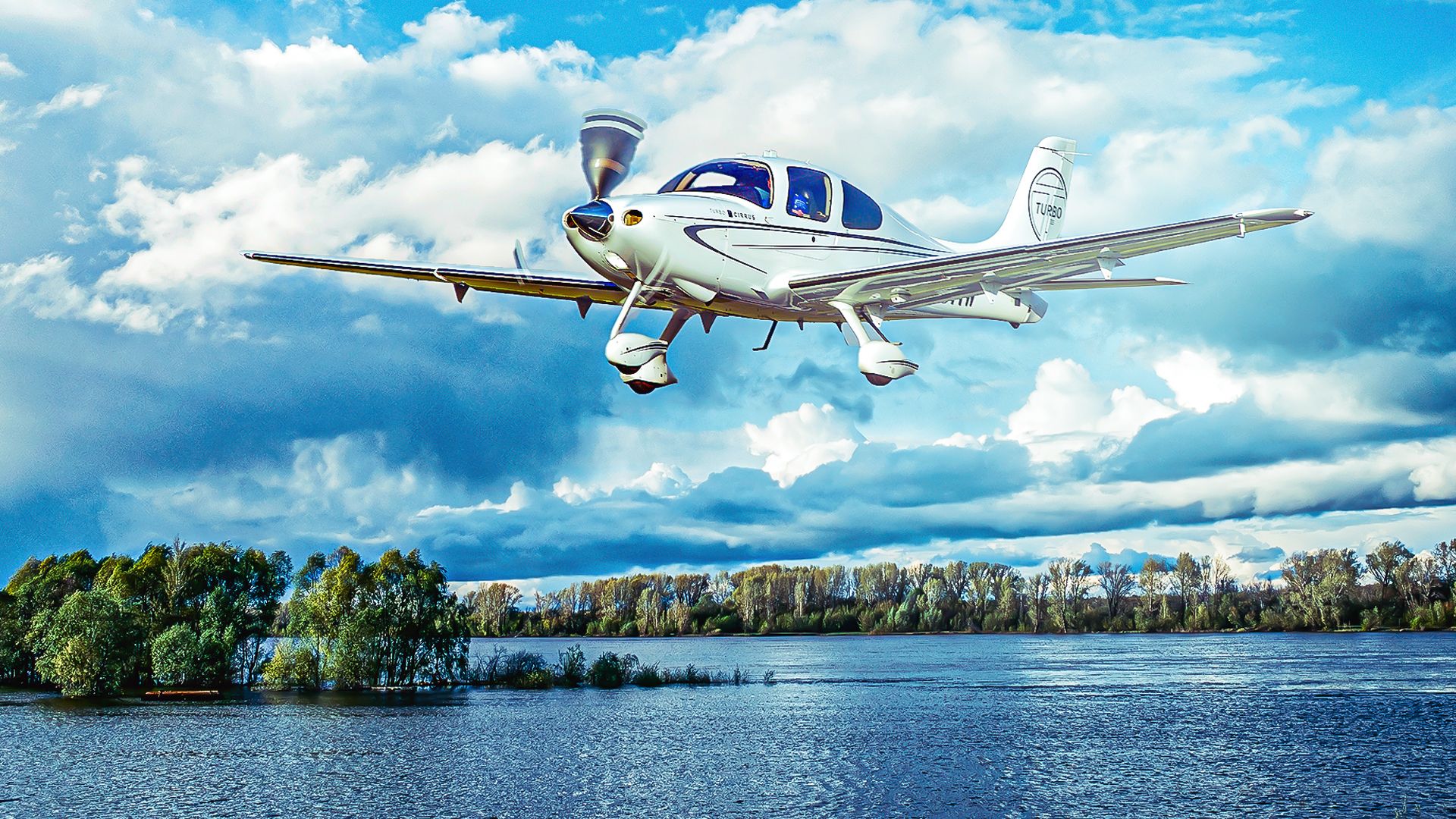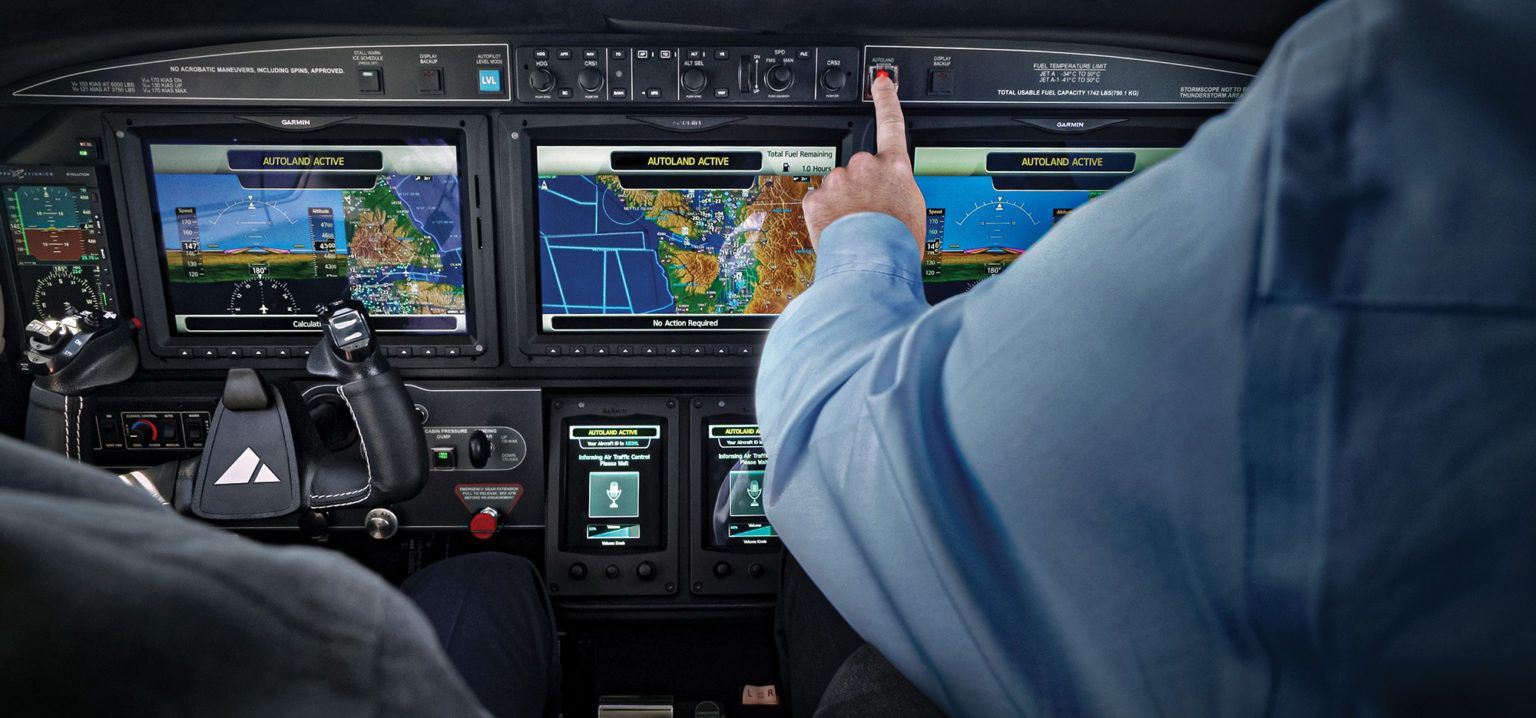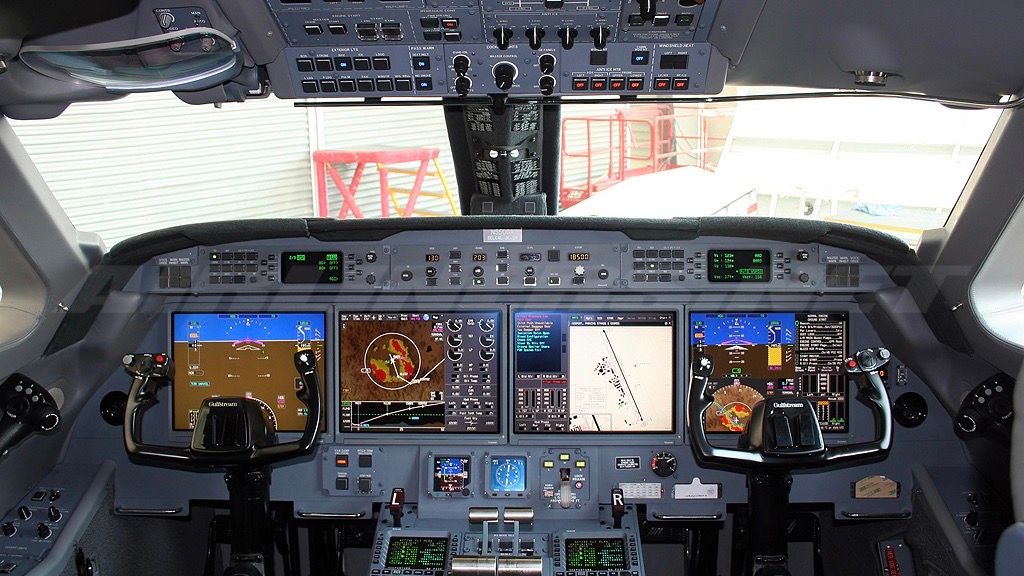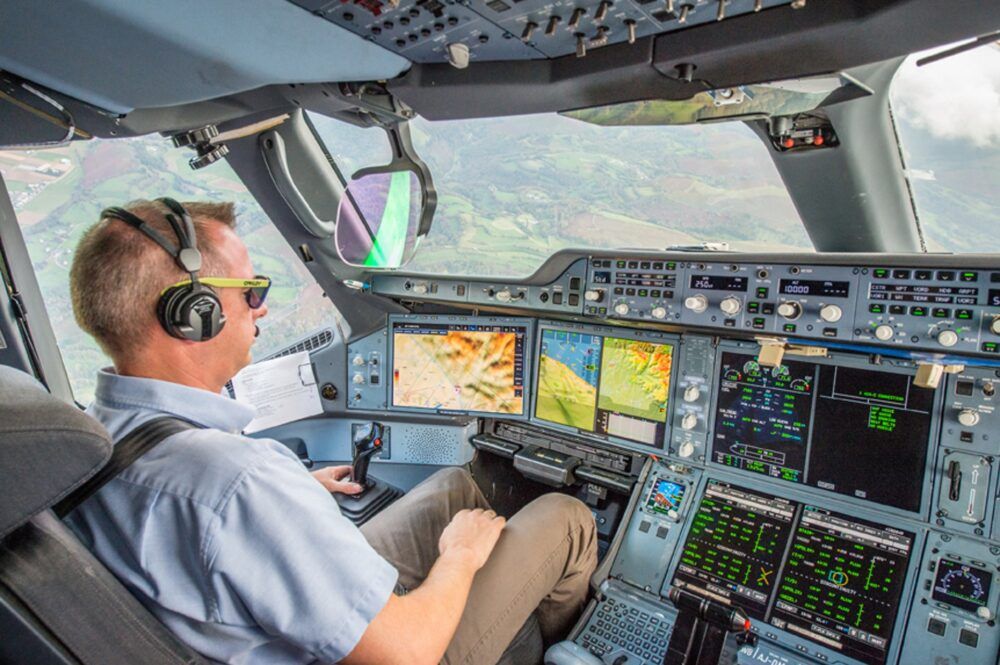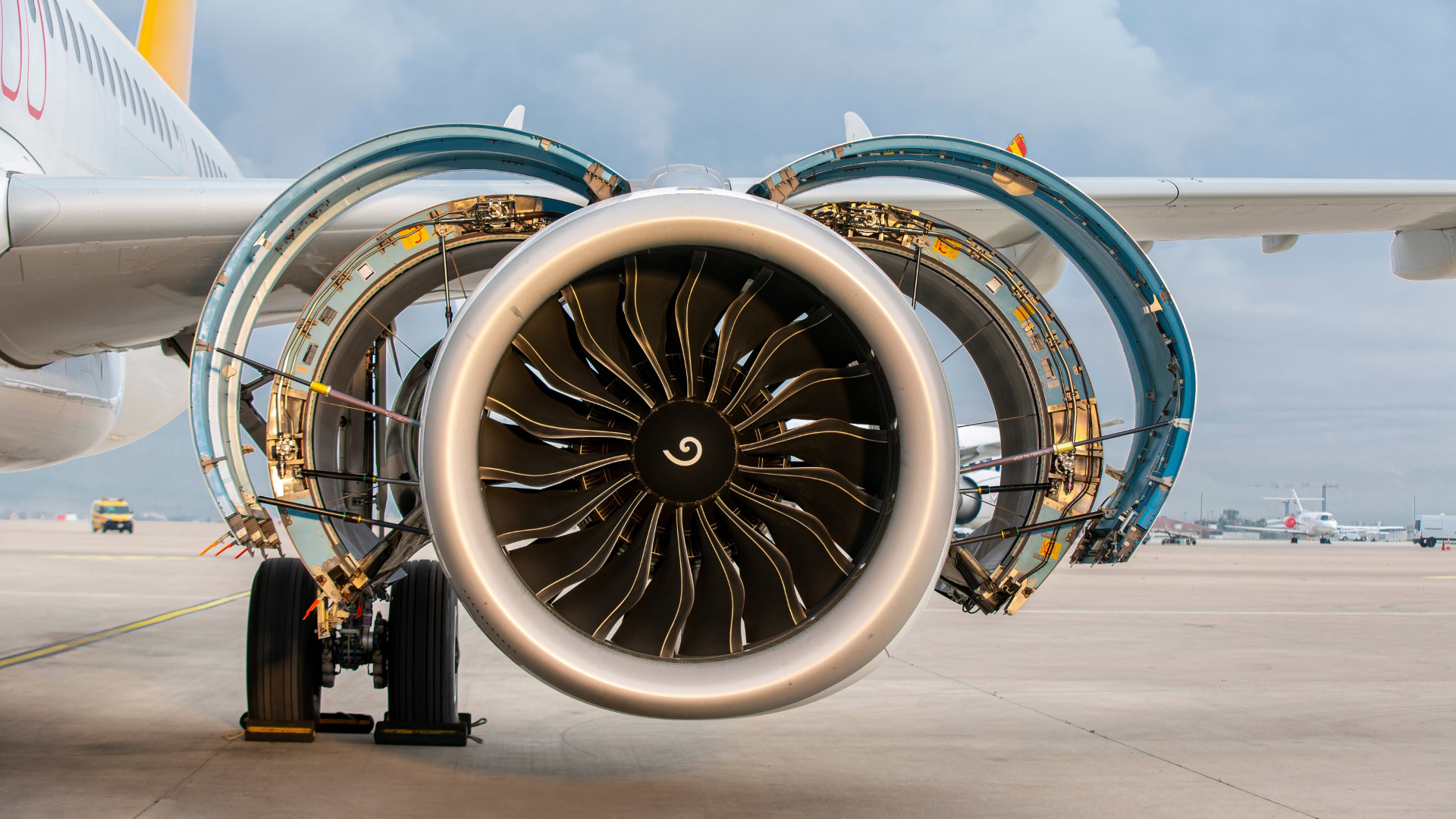General Aviation aircraft have been safer than ever before thanks to the unique technologies that are sometimes only feasible on smaller jets. While all modern aircraft (commercial or private) are equipped with standard safety mechanisms, newer advanced systems are being incorporated into General Aviation aircraft. This article explores some of the latest safety systems featured in private aircraft.
1
Safe Return
An emergency autoland system
- Activated with a touch of a button
- Allows passengers to land the aircraft if the pilot has been incapacitated safely
The Safe Return emergency autoland system enables the aircraft to be automatically landed in an emergency situation. The Cirrus Vision Jet is equipped with such a system, offering a completely different level of safety for the aircraft.
Photo: Piper Aircraft
According to Cirrus Aircraft,
“Safe Return emergency autoland provides a new way to protect your passengers – giving them the ability to land the Vision Jet in an emergency situation with the simple touch of a button.”
The Executive Vice President and Managing Director of Aviation at Garmin, Phil Straub, commented,
“Garmin and Cirrus share a passion for designing and engineering products without compromise. Together, we have delivered some of the finest safety-enhancing technologies to our customers over the years, and we are proud to now add the certification of Garmin Autoland in the Cirrus Vision Jet to that growing list of accomplishments.”
2
Enhanced Vision System (EVS)
Ideal for low visibility conditions
Enhanced Vision System (EVS) uses a variety of sensors, cameras, and infrared technology to provide vision in limited visibility conditions. Enhanced vision in the cockpit means greater situational awareness and increased safety. Many modern General Aviation aircraft, including Bombardier, Embraer, and Gulfstream are equipped with EVS and EVS-II systems.
- Gulfstream V (initially introduced as an option)
- Gulfstream G550 (standard equipment)
- Gulfstream G450 (standard equipment)
- Gulfstream G650 (standard equipment)
The system has become part of the avionics suite, ensuring greater safety and decision-making of the crew in the front seat.
3
Synthetic Vision System (SVS)
Three-dimensional data transmission through Intuitive displays
- Increases safety
- Improves situational awareness
- Reduces pilot workload
- Reduces technical flight errors
- Enhances operational flexibility
- Eliminates poor visibility as a safety factor
- Utilizes advanced head-up display (HUD) symbology
- Provides visualization of obstacles
- Depicts airport and runway environment including extended course centerline
- Displays unusual attitude declutter logic
Synthetic Vision System (SVS) analyzes three-dimensional data from the environment and transmits it to the intuitive display screens in the cockpit. An advanced system than EVS, the SVS scans the environment irrespective of the weather or time of day.
Photo: Airbus
Pilots are more aware of their surroundings, particularly eased by the system during operationally demanding situations and unusual circumstances. According to Honeywell,
“SmartView synthesizes flight information from multiple onboard databases, GPS and inertial reference systems into a complete, easy-to-understand 3-D rendering of the forward terrain. Its unparalleled resolution provides a view that pilots would see only on a clear day.”
4
Hypoxia detection & auto-descend
The system monitors all pilot interactions after it has been activated
- System Activation
- Inactivity Alert
- Hypoxia Warning
- Auto Descent Warning
- Emergency Descent Mode (EDM)
- Descent Process:
In the event of an emergency with the pilots in command, the hypoxia detection and auto-descend system brings the aircraft to a safe altitude where no pressurization is necessary. The purpose of the system, featured in some Cirrus aircraft, is to take control of the aircraft if the pilot becomes incapacitated.
Photo: Stef Drury
The safety system is armed at 14,900 ft and begins monitoring pilot interactions. If there is no activity for a certain period, it begins transmitting alerts and warnings. If no response is received, the EDM gets activated, and the descent process to a safe altitude begins.
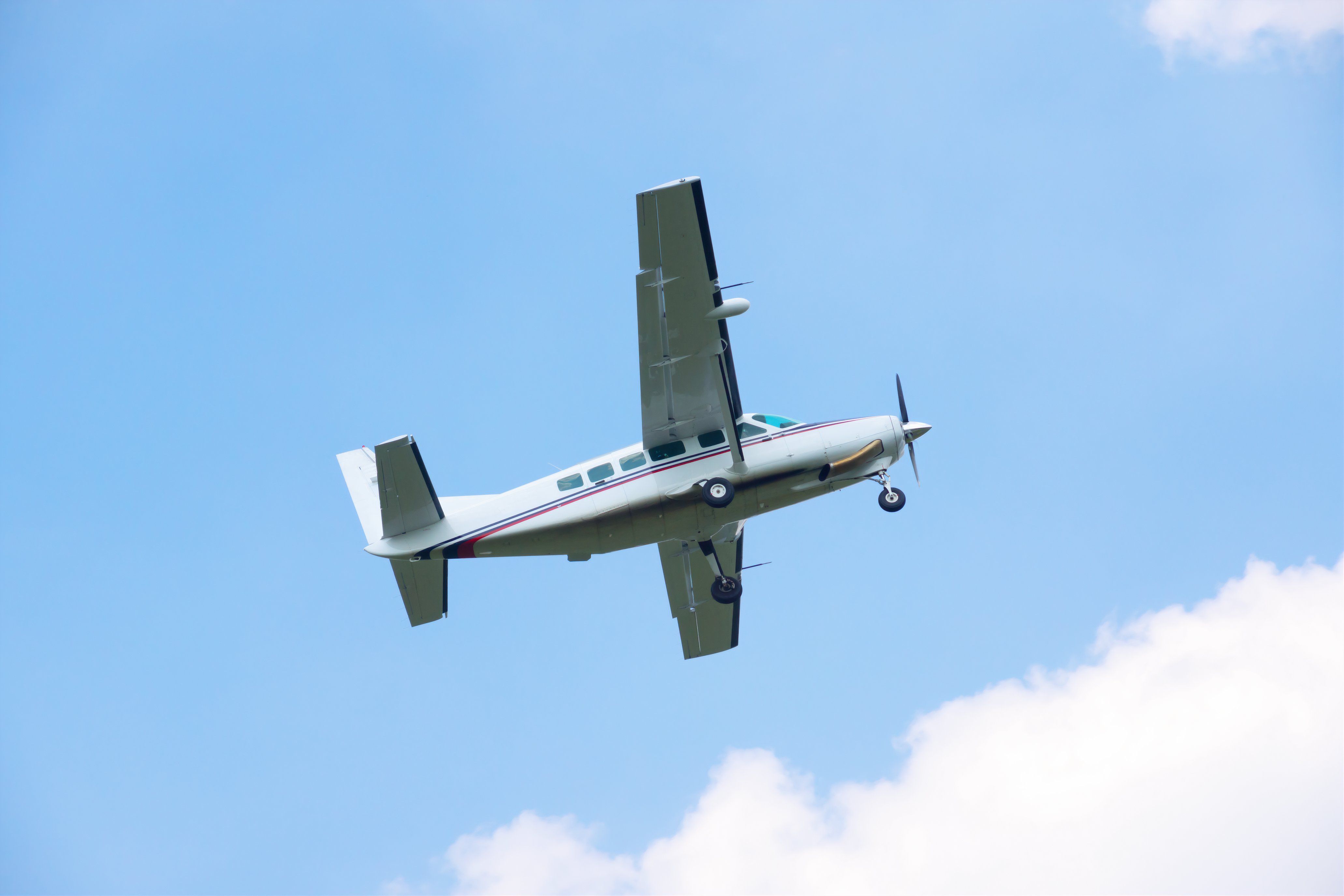
Related
What Do You Think Of The Most Recent Garmin Avionics Upgrades?
This past week, Garmin announced several new upgrades to its existing avionics system, which is found in many general aviation or private aviation planes. Most recently, Garmin announced it had achieved the Federal Aviation Administration (FAA) certification of its Runway Occupancy Awareness (ROA) system. This newly certified safety feature helps to alert pilots of possible runway incursions.
The ROA system utilizes GPS and ADS-B data to find other aircraft traffic that may impede the runway. This includes aircraft on the runway itself, nearby taxiways, or even in the air surrounding the runway. The system will alert the flight crew utilizing various CAS messages. For example, it will display a yellow CAS message for runway caution or red for runway warnings, depending on the threat level. The ROA system has been certified on the Cessna Caravan, which utilizes the Garmin G1000NXi system, but Garmin expects to certify the system on Garmin G5000 avionics systems, which are u
5
Engine health monitoring system
Enhances flight safety
- Minimizes engine failure events
- Enhances opreational reliability
- Reduces unscheduled maintenance events
- Improves flight efficinecy
- Minimizes operational costs
Engine failures are the most common causes of emergency situations during flight. Engine health monitoring systems onboard modern aircraft ensure that various critical parameters of the engine are monitored through the use of advanced sensors. The data is constantly analyzed and any deviations are recorded that drive further investigation or maintenance schedules.
Photo: Cumhur Kaplan | Shutterstock
According to StandardAero, an MRO firm specializing in engine health monitoring,
“StandardAero offers unique analysis expertise as both an OEM-approved MRO facility and a Camp System Designated Analysis Center (DAC). Services offered include troubleshooting, maintenance tracking and the development of customized maintenance programs based on operating environment and utilization.”
“Today, StandardAero already provides operators of approximately 400 aircraft proactive recommendations on maintenance to maximize and optimize the operational usefulness of their engines (and aircraft), while minimizing maintenance expenses.”

